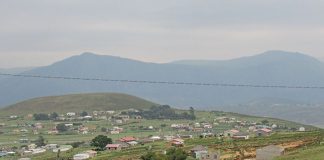The SAHGCA is requesting that SA’s rhino be downlisted from Appendix II to Appendix III of Cites so that horn trade can be legalised. The next Conference of the Parties (COP) will be held in March 2013 and the SAHGCA hopes to lobby support for the downlisting.
International environmentalists believe that legalising rhino horn trade would exacerbate the problem. But Michael Sas-Rolfes, a conservation economist, said that environmentalists abroad did not understand how game ranching worked in SA. “Private game farms in SA are poorly perceived by local and international environmentalists who want to shut down hunting.”
Wildlife numbers told a different story as could be seen when comparing the increase in ranches with the increase in game. “The fact is that the game and hunting industry is responsible for an increase in wildlife; it is in the rancher’s best interests to keep breeding animals to sustain the industry,” said Els.
He cited examples where trade in endangered animals, legalised by Cites, had resulted in the revival of a species. “Seahorses are sustainably harvested in the South China sea, as are leatherback turtle eggs in Costa Rica. These species would have died out were it not for the legalisation of trade.
“Why is the Cites ban on international trade in rhino horn and ivory upheld so vigorously when reality shows that sustainable use is the real driver for conservation?” asked Els. He added that in developing countries conservation had to pay for itself. “At a conservative US$30 000/kg (R228 000/kg) of rhino horn, calculated at 4kg of horn for each of the 448 rhinos poached in 2011, this country lost R408 million in possible income which could have been invested in the conservation of our rhino,” he said.












